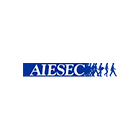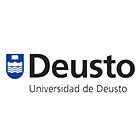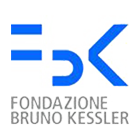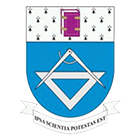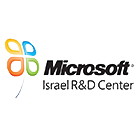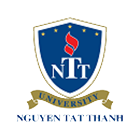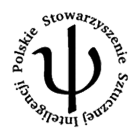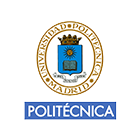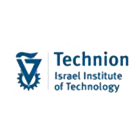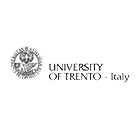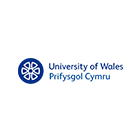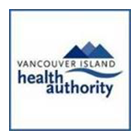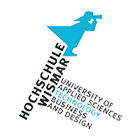Title of Special Session
Safer Medical Device Design and Human Error
Aims and Objectives
Interactive medical devices such as infusion pumps, monitors and diagnostic devices help save lives. However, they are also safety critical. This means more than just that the software and hardware should meet their specification. That specification and the resulting design should help ensure users do not make mistakes.
For example, if an infusion pump administers a wrong dose, the consequences can be fatal. The volume and rate, set by a clinician must be right so that the drug is correctly administered. Between 2005 and 2010, in the US alone, 56,000 adverse events occurred with infusion pumps, with 710 deaths and 87 model recalls of unsafe designs. A single recall on one infusion pump is estimated to have cost the manufacturers $400-$600 million. Hospitals are busy, stressful places with clinicians constantly multitasking and often interrupted. People make mistakes in such environments. Good interaction design can help prevent mistakes and prevent harm occurring when mistakes inevitably are made. Ill-thought out interaction design can, by contrast, increase the chances that mistakes are made.
This becomes even more important as medical devices become mobile and are increasingly used by patients themselves at home and/or as part of their everyday life rather than by trained professionals in clinical environments. Devices must then be designed so that they can be safely used even by non-experts with limited if any training or immediate support.
This special session will explore research themes that have emerged on the EPSRC funded CHI+MED project (www.chi-med.ac.uk). It brings together researchers from UCL, Swansea, QMUL and City Universities to investigate safer design of interactive medical devices. This work is naturally interdisciplinary, bringing together computer scientists, engineers, psychologists, linguists and other social scientists, manufacturers. regulators, clinicians, training and procurement managers and a wide range of other healthcare professionals,
The research and interest areas to be covered by the special session include, but are not limited to:
- Risk and hazard analysis of medical devices with respect to user error
- The safety of data and number entry interfaces
- Mathematically-based interaction design and analysis tools
- Understanding the home and hospital contexts
- Supporting manufacturers and regulators in preventing designs that lead to user error reaching the market
- Moving from a blame culture to a learning culture
- Understanding and supporting procurement and training
Short CV of the organizers
Paul Curzon is a Professor of Computer Science at Queen Mary, University of London. He gained his PhD in Computer Science from the University of Cambridge in 1990. His research interests centre around the use of formal verification technology in human-computer interaction contexts. He is the QMUL Principal Investigator on the CHI+MED project funded by EPSRC, concerned with exploring ways to prevent human error in the use of interactive medical devices. He is a UK National Teaching Fellow and runs the “Computer Science for Fun” public engagement project, www.cs4fn.org.
Contact details of the organizers: [[email protected]](mailto:[email protected] )
(Provisional) list of the paper titles and presenters:
Paper titles:
- Safer number entry
- PVSioweb; a tool for analysing and simulating medical devices interfaces
- Making procurement decisions based on research
- Media and linguistic analysis to understand the blame culture
- Property templates for checking interactive systems
Authors:
- Paolo Masci, Queen Mary University of London
- Paul Lee, ABM University Health Board
- Chrystie Myketiak, University of Brighton
- Patrick Oladimeji, Swansea University
- Harold Thimbleby, Swansea University
- Michael Harrison, Newcastle University
- Rimvydas Ruksenas, Queen Mary University of London








